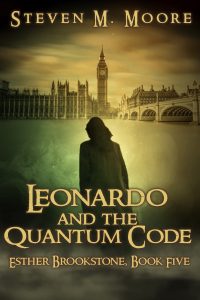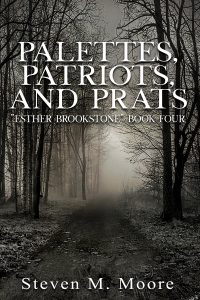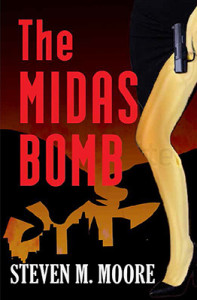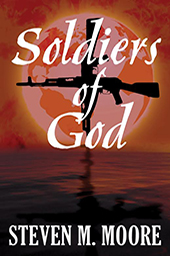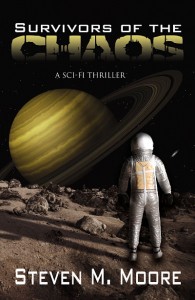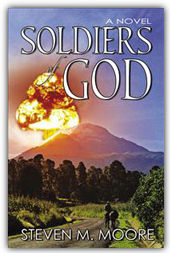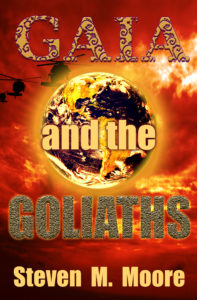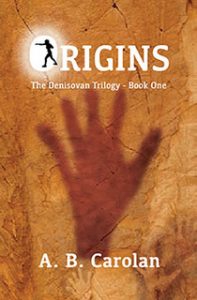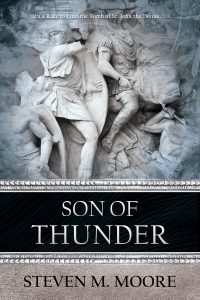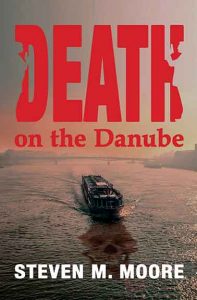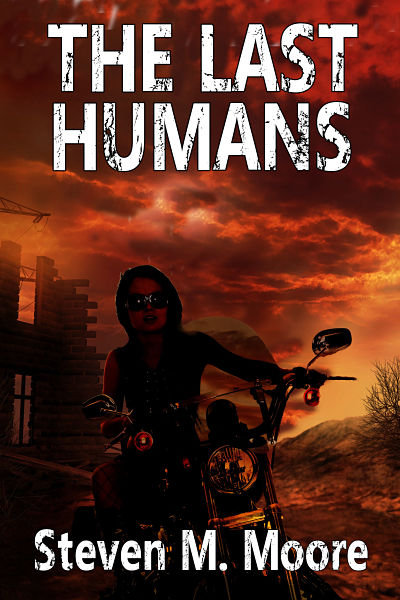A potpourri of authors’ antics…
Wednesday, August 4th, 2021It’s always amusing when certain authors’ antics prove how weird members of our group can be. I suppose I shouldn’t find those antics strange; after all, we work at our craft alone. This solitary confinement could make anyone become a weird recluse, conspiracy theorist, or paranoid suffering from agoraphobia. I have to leave the house and observe human beings once and a while to recalibrate at times (something that was less likely at the height of the Covid pandemic, of course). But I’d be incorrect to judge typical human behavior by observing how authors behave! That’s often stranger than fiction, considering what occurs in reality.
My first example is a serious one: Did Andrew Cuomo abuse his position to land that juicy book contract? His critics claim that. If aides gathered data and information about Covid and its management to put in his book, shouldn’t they be considered coauthors? That might satisfy those attacking his book, but it’s unlikely. And I think his alleged sin is more akin to what any celeb does by “authoring” a book using a ghostwriter without giving that person credit. Happens all the time. But maybe being governor of the great state of New York makes those antics worse?
On a lighter (and sexier?) note, consider the antics of author E. L. James and her “Fifty Shades” brand. Wine, lingerie, floggers, vibrators, handcuffs, etc. are being sold by Ms. James with her “Fifty Shades’ trademark. And here I thought even selling T-shirts at a book event was tacky!
Another author who’s displayed some interesting antics is James Patterson. His writing isn’t nearly as sexy as Ms. James’s (although one can argue that both are formulaic), but this astute businessperson invented the literary assembly line that churns out novels for all age groups. He went beyond the frontier of authors’ antics by augmenting his stable of exploited coauthors to include old Bill Clinton! It would have been more interesting if that sexiest of all ex-presidents (Hillary might disagree) had teamed up with Ms. James to add some reality to her presentation of the man’s view in her new trilogy. That way James could avoid any charges of cultural appropriation. Of course, Mr. Patterson would have then missed all those chats about Bill’s many affairs. (Did he take notes?)
To wind this up, please don’t ask what my antics are or my secret life is about. You really wouldn’t be interested. My antics don’t have the shock value of those above. The spice in my life is mostly obtained from reading…or from the occasional forage for Indian food; that’s what’s public (the private is none of your damn business). I just want to keep on being a reclusive author, writing my novels and laughing at the antics of some of my fellow authors. There’s plenty of the latter to help keep me entertained.
***
Comments are always welcome.
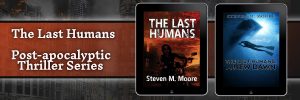
“The Last Humans”—a series about biowarfare and its consequences. In Book One, The Last Humans, Penny Castro, forensics diver for the LA County Sheriff’s Department, finds a body on a dive but a lethal pandemic when she surfaces. What follows is a struggle to survive, but she also finds love and hope. In Book Two, The Last Humans: A New Dawn, she and her new hubby are forcefully conscripted by a struggling US government to take revenge against the virus makers. The government wants the pair’s skills badly enough to kidnap their children. Both novels can be found wherever quality ebooks are sold. (But I don’t recommend Amazon, because they confused the two ebooks and won’t correct their error!)
Around the world and to the stars! In libris libertas!
